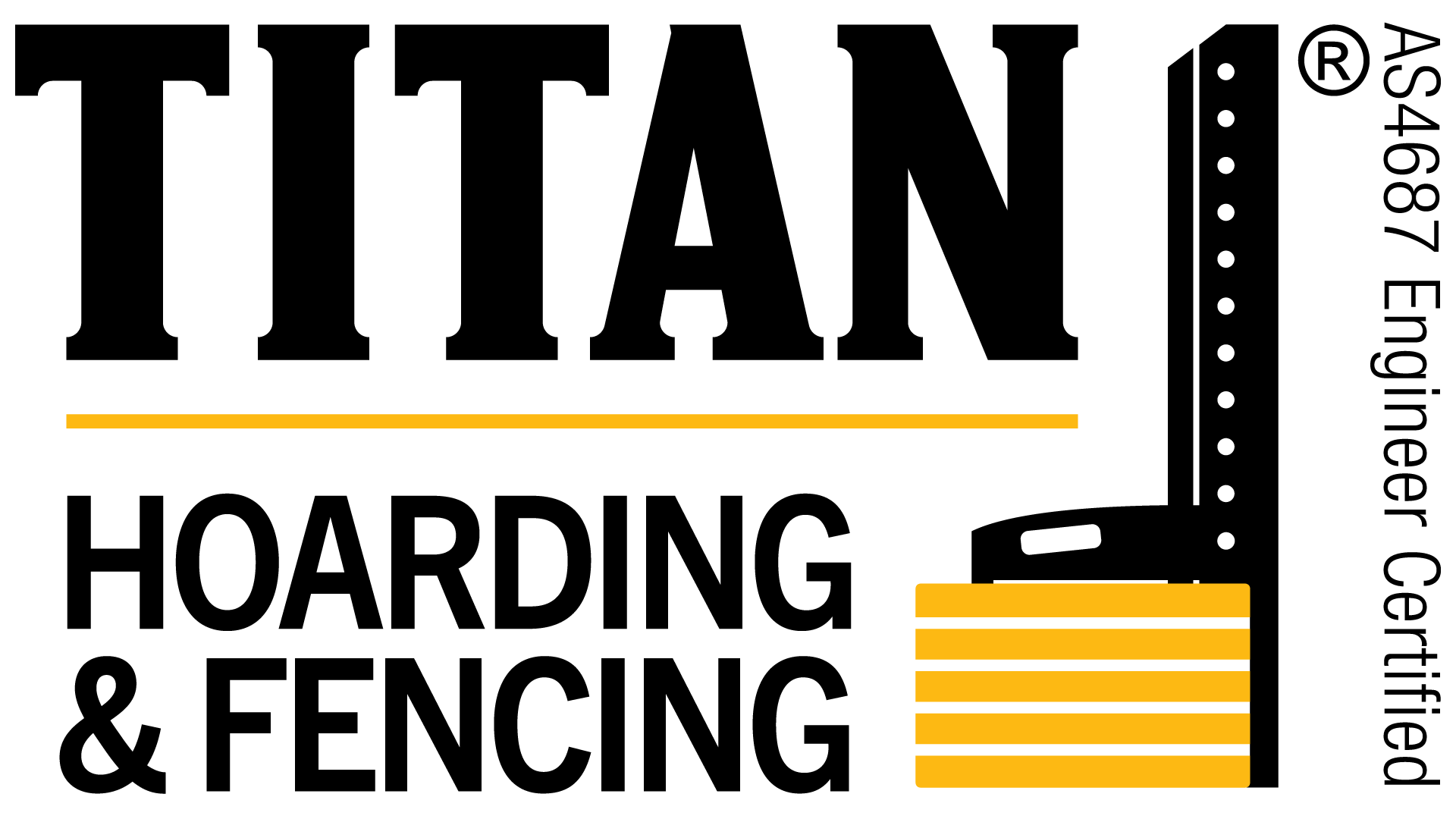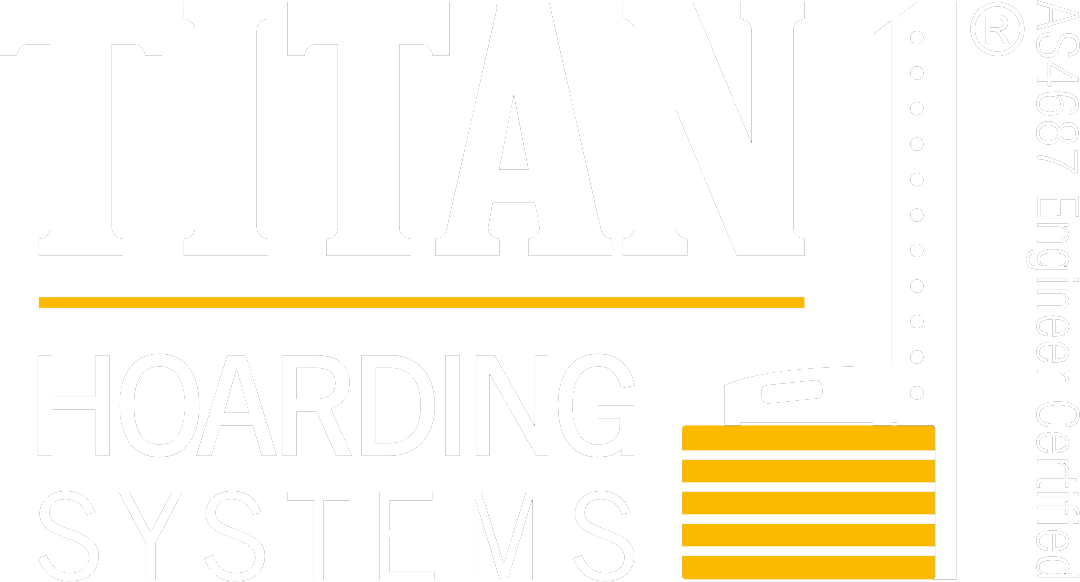Public safety is number one priority, especially in the construction industry. One of the most effective ways to safeguard both workers and the public during construction works is by using temporary fencing. Here’s what you need to know:
The Role of Temporary Fencing in Public Safety
Temporary fencing provides a crucial barrier that separates construction activities from the public, significantly reducing the risk of accidents and injuries. Here’s how it helps:
- Preventing Unauthorised Access: Temporary fencing restricts access to the construction site, ensuring that only authorised personnel can enter. This is vital for keeping curious passersby, especially children, from wandering into dangerous areas.
- Protecting Pedestrians: In urban settings, construction sites often border busy footpaths and streets. Fencing keeps pedestrians at a safe distance from potential hazards, such as falling debris or moving vehicles.
- Minimising Liability: By clearly demarcating the construction zone, temporary fencing helps reduce the risk of accidents and injuries that could lead to legal liabilities for construction companies.
Types of Construction Areas that Can Use Temporary Fencing
Temporary fencing is a versatile safety solution that can be adapted to various construction environments. Here are some types of construction areas where temporary fencing is particularly beneficial:
- Residential Construction Sites
Residential construction sites, whether single-family homes or large housing developments, often have open excavations, building materials and equipment that can pose hazards to nearby residents. Temporary fencing helps secure these areas, preventing unauthorised access and keeping children and pets safe from potential dangers.
- Commercial Construction Projects
Large commercial construction projects, such as office buildings, shopping centres and hotels, are usually situated in busy areas with significant foot and vehicle traffic. Temporary fencing provides a clear barrier that protects pedestrians and ensures that only authorised personnel can enter the construction zone. This reduces the risk of accidents and work-flow interruptions.
- Infrastructure Developments
Infrastructure projects, including roadworks, bridges and utility installations, often span extensive areas and impact public spaces. Temporary fencing is essential for marking off these construction zones, guiding traffic and protecting both workers and the public from heavy machinery and ongoing activities.
- Event Construction
Temporary fencing is not just for traditional construction projects, though. It is also widely used for setting up temporary structures for events such as concerts, festivals and fairs. In these scenarios, fencing helps manage crowd control, directs foot traffic and protects sensitive areas like stages and equipment storage from unauthorised access.
Temporary fencing is crucial for ensuring compliance and enhancing safety and security. With the right fencing solution for your specific needs, you can protect workers, the public and your project.
At Titan Hoarding and Fencing, we offer customised temporary fencing solutions that meet the unique demands of any construction site. Get in touch with us today and let’s talk about your temporary fencing needs.









